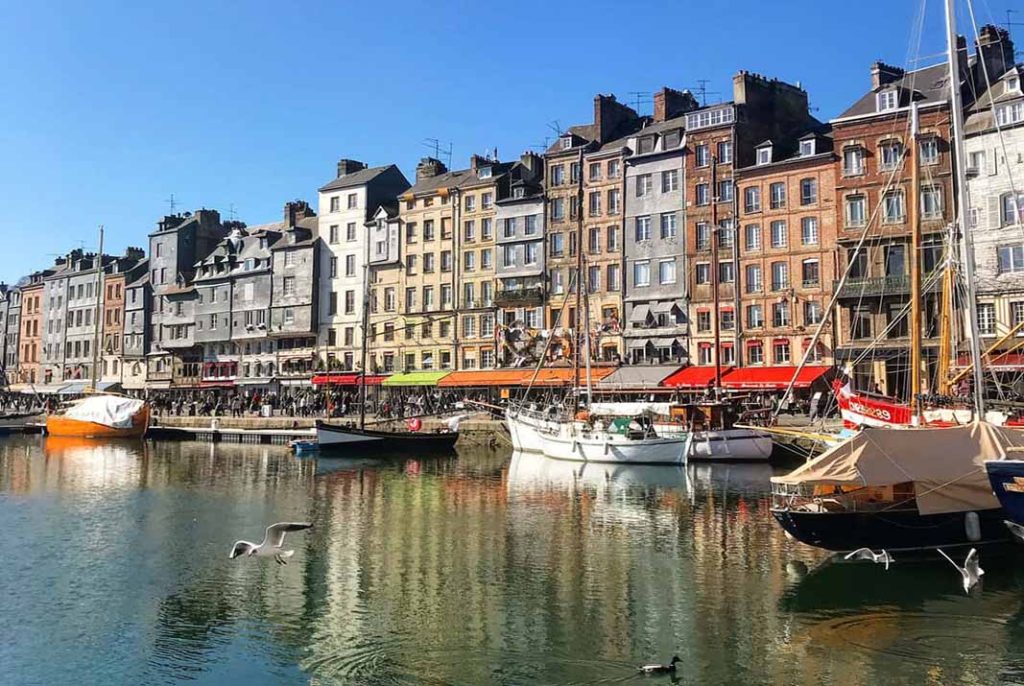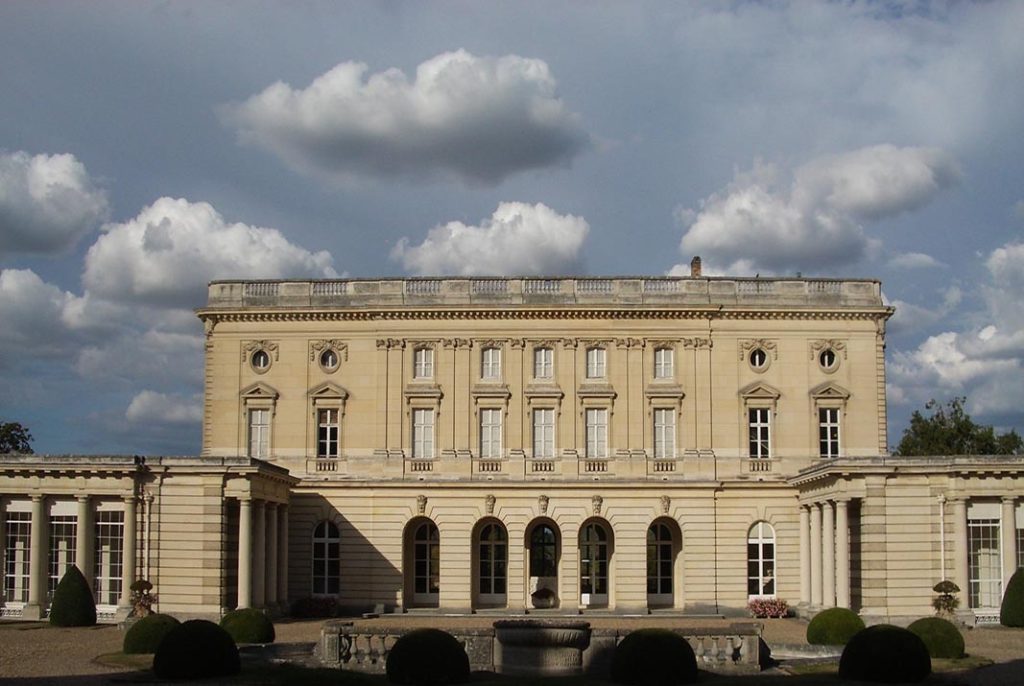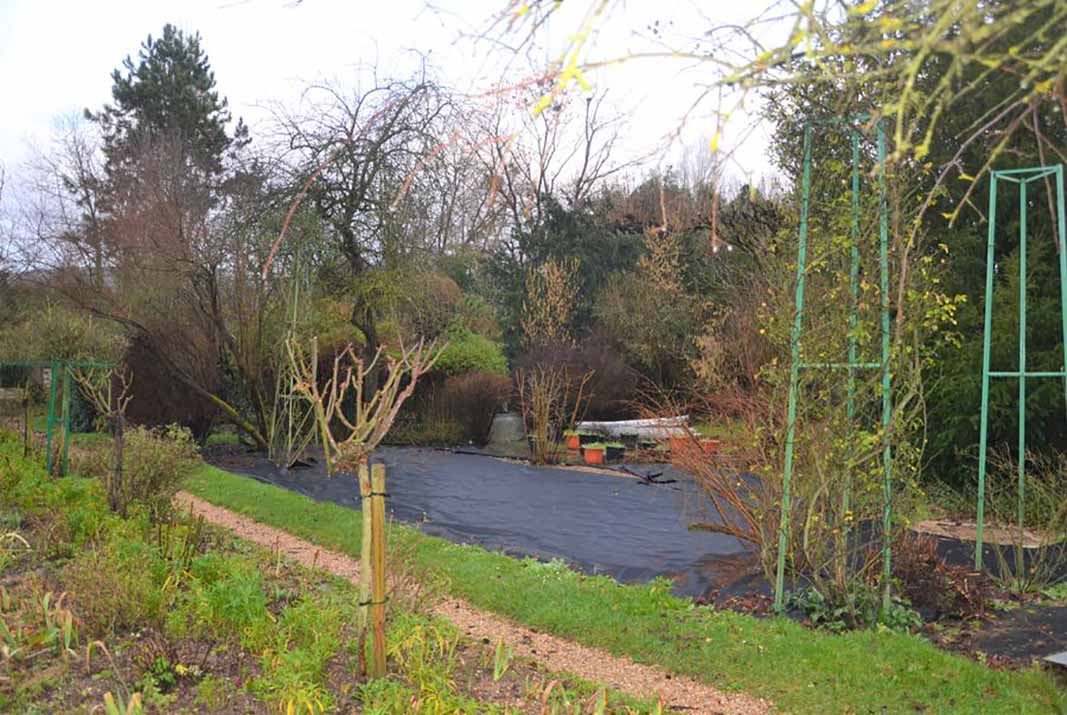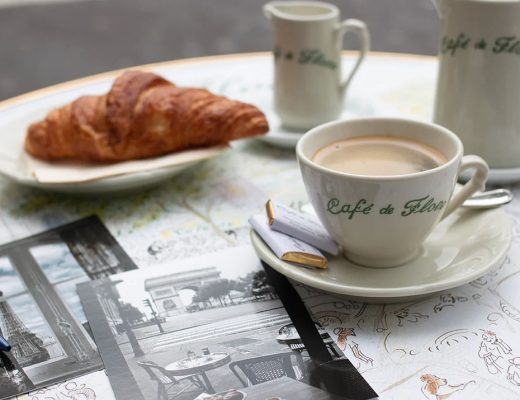Rouen, with its cobblestone streets, half-timbered houses, and towering cathedral, is a city that invites exploration. Yet, venturing beyond the city limits unlocks another layer of Normandy’s charm. From scenic coastal towns to historic villages, the region surrounding Rouen offers unforgettable experiences for those willing to trade a day in the city for a journey into history, culture, and nature. Over several trips, I discovered routes that combined convenience, variety, and beauty, and I want to share my detailed recommendations for day trips that any visitor can enjoy.
1. Day Trip to Giverny: Monet’s Garden and Artistic Inspiration
Giverny, about 75 kilometers northwest of Rouen, is famously the home of Claude Monet, the father of Impressionism. The drive there early in the morning is a scenic introduction to Normandy’s countryside. Rolling green fields stretch endlessly, punctuated by apple orchards, quaint farmhouses, and winding country roads. The air is crisp, carrying the scent of fresh grass and blooming early spring flowers. I remember the excitement building as I approached the village, imagining the landscapes that had inspired one of the greatest painters in history.
Arriving mid-morning, I headed straight to Monet’s House and Gardens, eager to step into the world of Impressionism. The house itself, painted a soft yellow with contrasting green shutters, is charmingly modest yet exudes warmth. Walking through the rooms, I marveled at the arrangement of his personal belongings, the furniture, and the original paintings that still hang in their intended positions. It was as though time had paused, allowing me to glimpse Monet’s private life. In the studio, light streamed through the windows, illuminating the easels and paintbrushes in a way that made the space feel alive and intimate. I could almost see him at work, capturing fleeting moments of light on canvas.
But it is the gardens that truly enchant. The water lily pond, with its Japanese-style bridge arching gracefully over the water, seems lifted straight from his masterpieces. Everywhere I looked, flowers of every hue—vivid reds, yellows, and purples—bloomed in meticulously designed beds. The pathways wind gently, leading to quiet corners where benches invite visitors to pause and absorb the atmosphere. I spent nearly two hours wandering, photographing, and even sketching, attempting to capture the luminous quality of the morning sunlight reflecting off the pond. The soft rustle of leaves and the occasional chirp of birds enhanced the feeling of serenity, and I realized why Monet returned year after year to paint these scenes.
After leaving the gardens, I strolled through Giverny village itself. Narrow lanes lined with charming houses, colorful shutters, and small artisan shops created a picture-perfect setting. I followed the gentle curves of the Seine River, listening to its tranquil murmur while observing ducks gliding on the water. The village café scene is delightful, and I stopped at Café Baudy, a historic spot once frequented by artists, for a light lunch of quiche and fresh apple tart paired with a glass of Normandy cider. Sitting there, I could almost imagine the artists and writers of the past mingling at the same tables, discussing art and life.
- Location: Giverny, 27620, France
- Entrance fee: Around €11–€15, depending on the season
- Booking tip: Reserve tickets through GetYourGuide or the official Monet Foundation website to avoid long queues during peak hours.
- Nearby dining: Café Baudy offers authentic local dishes and a glimpse into the artistic history of the village.
For transport, regional trains from Rouen to Vernon, with a short taxi or bus ride to Giverny, make the trip convenient. Platforms like Omio and Trainline provide up-to-date schedules and tickets, making planning seamless.
Walking through Giverny, from Monet’s gardens to the quiet riverbank, I felt a profound connection to the landscapes that shaped Impressionism. It’s not just a day trip—it’s a sensory journey into art, history, and the serene beauty of Normandy.

2. Honfleur: Normandy’s Coastal Gem
On another day, I decided to explore Honfleur, a picturesque port town approximately 100 kilometers from Rouen. Leaving early in the morning to beat both traffic and the mid-morning tourist rush, I drove along the Seine estuary, captivated by the wide-open marshlands, grazing sheep, and the quaint villages scattered along the route. The fresh breeze off the water hinted at the town’s maritime character, and as I approached, the colorful facades and the scent of the sea promised a day full of sensory delights.
Honfleur feels almost untouched by time. Its narrow, cobbled streets wind between half-timbered houses, many of them painted in pastel colors, giving the town a storybook charm. The centerpiece, Vieux Bassin or the Old Harbor, is breathtaking. Wooden sailboats and fishing vessels bob gently in the water, their reflections dancing on the surface. Cafés and bistros spill onto the quays, where patrons sip coffee or enjoy fresh seafood while watching seagulls glide overhead. I stopped at Le Bréard, a seafood restaurant perched right on the harbor. I indulged in freshly shucked oysters and plump, juicy mussels, accompanied by a crisp, local Normandy cider. Each bite felt like tasting the essence of the sea itself.
Walking along the harbor, I discovered a number of art galleries and boutiques. Paintings and sculptures by local artists captured the light and colors of Honfleur in ways that reminded me why artists like Eugène Boudin and Monet were inspired by this town. The charming combination of maritime life and artistic heritage made wandering here feel both leisurely and culturally enriching.
Later, I strolled to Saint Catherine Church, a unique structure built entirely of wood. Its amber-toned interior radiates warmth and intimacy, contrasting beautifully with the grand stone cathedrals of Rouen. The air smelled faintly of aged timber and candle wax, and the echo of my footsteps created a hushed, meditative atmosphere. I lingered for a while, appreciating the craftsmanship and the historical significance of this wooden marvel.
- Location: Honfleur, Calvados, Normandy, France
- Activities: Stroll the Vieux Bassin, visit the Eugène Boudin Museum (€8 entry), explore local art galleries, and shop for crafts and local specialties.
- Dining tip: Harbor restaurants are very popular; reserve via TheFork (LaFourchette), particularly for weekend lunches.
- Accommodation tip: Boutique hotels like La Ferme Saint-Siméon offer historic charm just a short walk from the harbor, perfect for an overnight stay to savor the town at a slower pace.
Travel tip: Renting a car provides the greatest flexibility for a day trip, allowing you to stop at scenic viewpoints along the estuary. Alternatively, buses via FlixBus connect Rouen and Honfleur on select days. Walking through Honfleur, with its blend of sea breeze, art, and history, I felt as though I had stepped into a living postcard, where every corner invites lingering exploration.
3. Château de Bizy and Vernon: History and River Views
On a quieter day, I explored Château de Bizy near Vernon, about 65 kilometers from Rouen. Known as the “Versailles of Normandy,” the château’s manicured gardens and grand façade are impressive but less crowded than other famous French palaces.
Walking through the gardens, I admired the symmetry of the flowerbeds, fountains, and hedgerows. The château itself houses period furnishings and portraits that showcase Norman aristocracy. I spent the morning wandering the estate, then enjoyed a picnic on the grounds with cheese and cider purchased from a nearby market—a simple pleasure that felt indulgent amidst historical splendor.
- Location: Château de Bizy, 27200 Vernon, France
- Entrance fee: €10–€12 for the gardens; €15 for interior access
- Booking tip: Book guided tours via Tiqets or GetYourGuide for insights into the history and architecture.

After the château, I took a short drive to Vernon, strolling along the Seine and exploring quaint streets lined with cafés and local shops. It’s a perfect combination of culture and relaxation, offering both riverside tranquility and Norman architectural charm.
Travel tip: Regional trains connect Rouen to Vernon in about 1 hour, tickets available via Omio or Trainline.
Practical Tips for Day Trips from Rouen
- Timing: Start early to maximize daylight, especially during winter months.
- Transport: Renting a car provides flexibility; otherwise, Omio, Trainline, and FlixBus offer reliable regional options.
- Booking Attractions: Pre-book museum and garden tickets through GetYourGuide or Tiqets to skip lines.
- Dining: Local bistros often provide more authentic meals at better prices than tourist-heavy restaurants. TheFork is handy for reservations.
- Accommodation: If extending a day trip into an overnight stay, Booking.com and Hotels.com offer curated boutique hotel options near major attractions.
- Travel Apps: Google Maps for navigation, Rome2Rio for transport connections, and TripAdvisor for reviews of attractions and eateries.
Walking back to Rouen after these excursions, I always felt a sense of satisfaction. Each day trip allowed me to experience a different facet of Normandy: the serene artistry of Giverny, the maritime charm of Honfleur, and the regal history of Château de Bizy. Even after hours on the road, returning to Rouen’s cathedral and vibrant streets felt like coming home.
By carefully planning routes, transport, and dining, these day trips can be seamlessly integrated into any Rouen itinerary, enriching the visit with a deeper understanding of Normandy’s landscapes, history, and culture.



